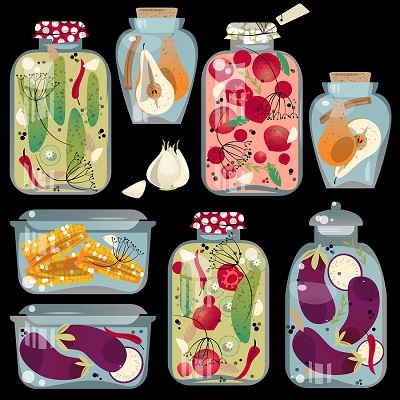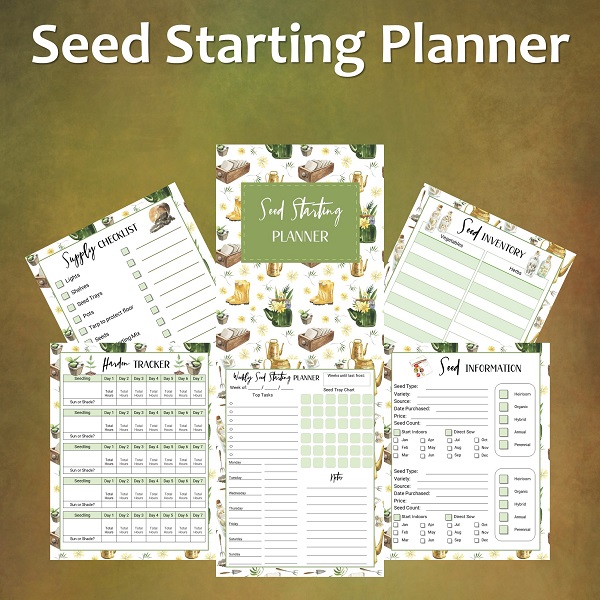Healthy Gardening
 After you have started growing and harvesting the vegetables in your garden, you will either need to use them right away or save them. A popular way to preserve vegetables is through canning. Here are some beginner tips if you want to try this option.
After you have started growing and harvesting the vegetables in your garden, you will either need to use them right away or save them. A popular way to preserve vegetables is through canning. Here are some beginner tips if you want to try this option.
Choose the Method of Canning
Before you start the actual canning process, you need to decide what method to use. There are two main types of canning, including canning in a water bath and using pressure.
With water bath canning, this is going to use lower temperatures and is good for veggies and fruits that have a higher acid content.
This might include your pickle and relish, tomatoes, salsa, and any jams or jellies. Most other vegetables and fruits can be canned using pressure canning. This is also done with people who can seafood or meats. Continue reading
 If you are looking to have more fresh, organic fruit at home, growing it yourself is the perfect way to accomplish that. You don’t need a big vineyard just to grow fruit in your own backyard. There are some fruits that grow in pots, both outside and inside your home.
If you are looking to have more fresh, organic fruit at home, growing it yourself is the perfect way to accomplish that. You don’t need a big vineyard just to grow fruit in your own backyard. There are some fruits that grow in pots, both outside and inside your home.
Lemons
One of the fruits that will grow well in pots is lemons. This is great news since when you make things like lemonade or want lemons for your fruit-infused water, you typically want a large amount of them. While they aren’t super expensive at the grocery store, it does add up, especially when you want to organic varieties.
You can grow your own lemons right at home in a container without needing to plant large lemon trees that are difficult to take care of. Just make sure your container is in the right environment for growing.
Peaches
You can also grow your own peaches at home by using pots, but they should be outside with nearly full sun to grow properly. You want to use large pots for your peach trees, with potting mix made of soil. Choose a sunny spot that does have good shelter to keep out bugs and pests that might want to eat the juicy fruit. You will feed your peach trees in the spring and may need plastic sheeting when you first plant them for extra protection. Continue reading



